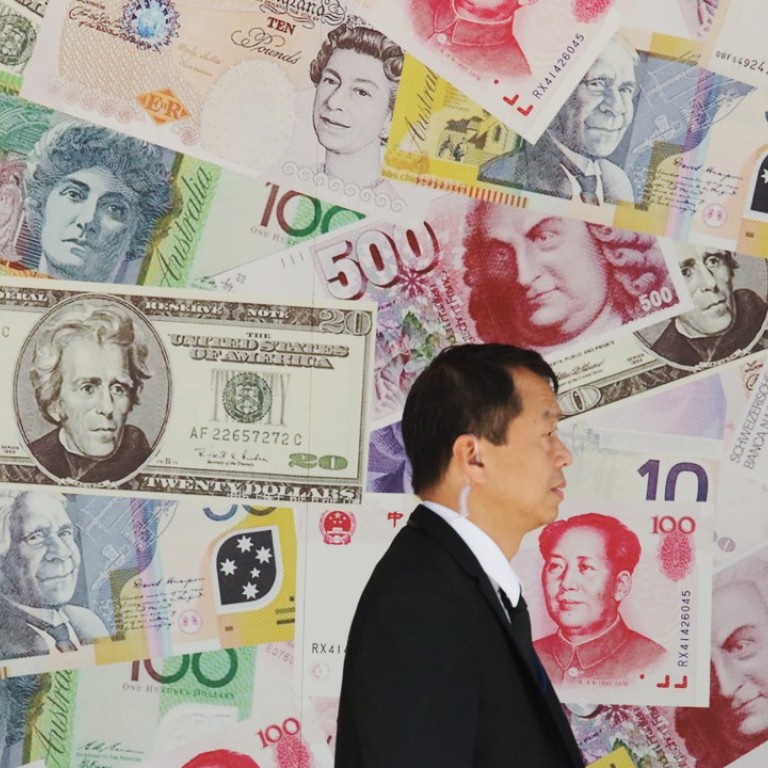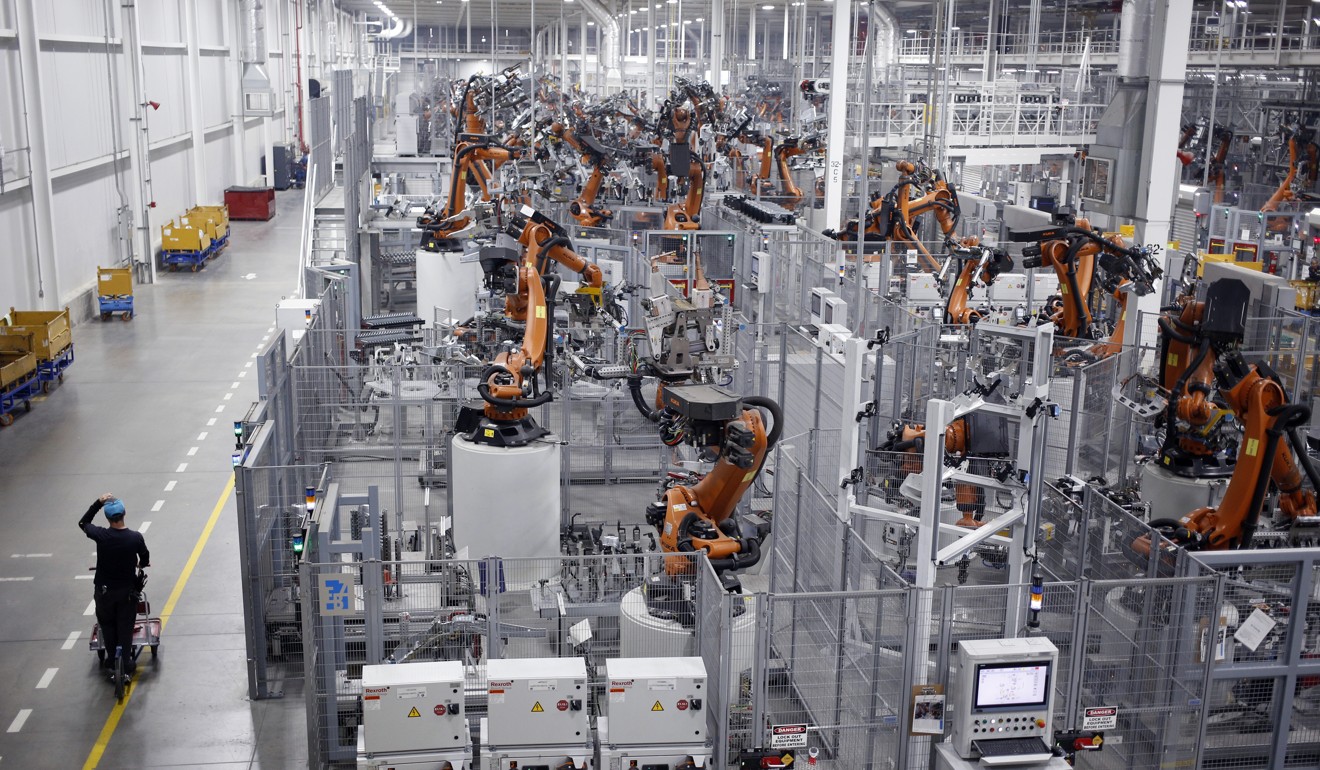
How the US-China trade war and Hong Kong’s currency peg could combine to create the perfect storm
Neal Kimberley says the Hong Kong dollar’s peg to the greenback means the monetary authority might have to raise interest rates just when the city needs safe harbour from the US-China trade war
Data released on Friday saw the US trade deficit for May fall to US$43.1 billion, from April’s US$46.1 billion. That was the lowest monthly US trade deficit figure since October 2016. On the US Pacific seaboard, the Port of Long Beach had the busiest May in its 107-year history.
If US manufacturers do harbour concerns about any deterioration in international trade conditions, it doesn’t seem to be affecting their hiring decisions
Admittedly, the data was flattered by a US$2 billion increase in US soybean exports which might well reflect pre-emptive action by Chinese importers to acquire US soy at pre-tariff prices. Nevertheless, an improvement in the US trade deficit, as seen in both April and May, could bolster second-quarter US gross domestic product growth, reinforcing the notion that the US economy remains in rude health.
In the meantime, a raft of US economic data released on Friday suggested that whatever is currently happening in the international arena, the domestic US economy is chugging along quite nicely.
Economists polled by Reuters had expected an increase of 195,000 jobs in the June non-farm payrolls number but Friday’s release showed a rise of 213,000 with the already strong figure for May also revised upwards by 21,000, to 244,000.
Additionally 36,000 of that 213,000 total were jobs created in the US manufacturing sector. If US manufacturers do harbour concerns about any deterioration in international trade conditions, it doesn’t seem to be affecting their hiring decisions as yet, a fact which will not be lost on the Fed.

The Fed will also have noticed that the data showed the annualised pace of increase in US average hourly earnings remains at 2.7 per cent, arguably vindicating the central bank’s continuing measured approach to interest rate rises.
With regard to US inflation, US Consumer Price Index data for June will be released on Thursday. Analysts at Dutch bank ING have already made the point that US June CPI “could rise to a new cycle high of 2.9 per cent year-on-year” and “serve as a reminder that the Fed will keep tightening this year”.
China-US trade tensions are worsening but from the Fed’s perspective, at least for now, while that’s a concern, it doesn’t seem a pressing one. The Fed should stay the course on rate hikes and that might have implications for Hong Kong.
Watch: Why Hong Kong pegs its currency to the US dollar
Market expectations of Fed tightening tend to translate into higher US yields at the shorter end of the yield curve. Any rise in the London interbank offered rate (Libor) greater than an accompanying increase in Hibor, its Hong Kong equivalent, would lead to a widening of the Hibor-Libor spread.
Neal Kimberley is a commentator on macroeconomics and financial markets

